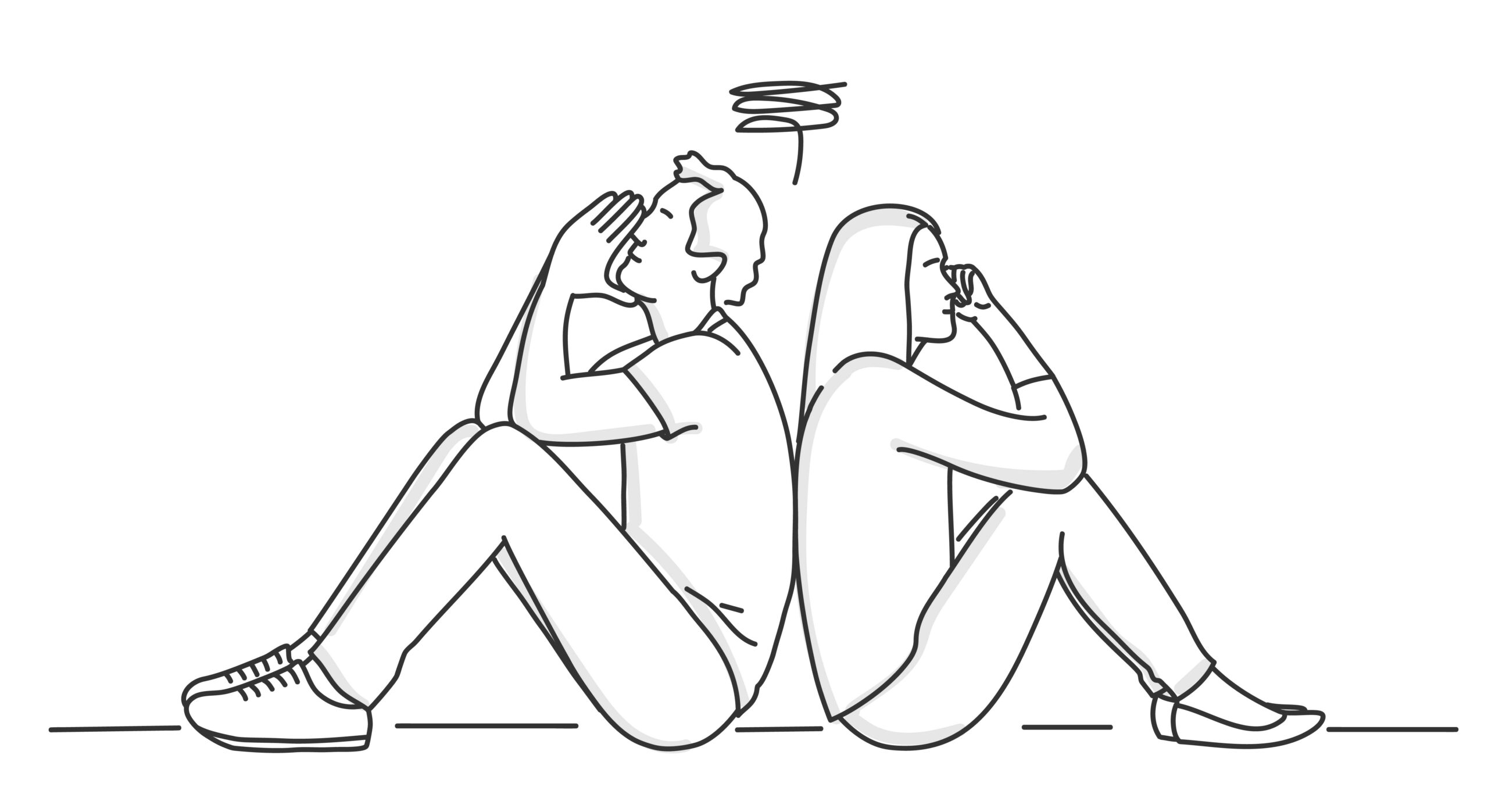Being a parent offers many opportunities for joy, growth and development. But also of course many challenges. Andrew Solomon puts it well: “parenthood abruptly catapults us into a permanent relationship with a stranger”. This is how it feels when new parents stare in curiosity and wonder at the face of their newborn. Perhaps this is even more true (but less talked about) when parents face their newly grown adolescent. Sometimes the teenager seems like the same child parents knew all along. Yet in other moments he may seem like a ‘stranger at my table’ (to borrow the title of a 1997 book edited by Helen Braid).
I like the family therapy description of the ‘family life cycle’: in early adolescence, the family enters a new phase. There is a jolting disruption of the pre-existing sense of continuity and ‘sameness’, after the years of having primary school aged children. Being the parent of a teenager means adjusting identity, similarly to what parents have to do when first encountering their newborn. So a new identity needs to be built, at both stages: From single adult person; moving to becoming a couple; then becoming parents; and then finally becoming parents of a teenager.
In the book ‘The expanded family life cycle’ (2014), family therapist Nydia Garcia Preto describes the transformation a family system has to undergo during adolescence:
‘The family …is transformed from a unit that protects and nurtures young children to one that is a preparation center for the adolescent’s entrance into the world of adult responsibilities and commitments’. (p.226)
This shift is a challenge. Parenthood includes, at every stage, the tension between togetherness and separation; yet with the arrival of adolescence the balance changes. Often this rebalancing feels abrupt and parents might not be prepared enough. I wonder actually whether it’s ever possible to be completely prepared, as it is experience of their own specific teenager that teaches parents.
One aspect in the change that needs to happen involves a shift in the way parents now have to orient themselves towards the adult their adolescent will become in the future. A reorganization in parental mindset is necessary: this is similar to the time a newborn joins the family. What is now needed is to consider ‘how to raise an adult’ (as Julie Lythcott-Haims has written), thus imagining and supporting who the young person will be and not just who they are now.
In this re-orientation I think there are three types of ‘strangers’ in the parent – teenager relationship. First, the young adolescent becomes in certain ways a ‘stranger’ in the eyes of the parents – a new body, a different way of thinking, new expanded opportunities and challenges. Different parenting is needed. Second, there is also the unknown future ‘stranger’: the adult the adolescent will become. Finally, there is the strangeness of the newfound ‘parent of the adolescent’ identity, which the mother and father have to learn to inhabit, like uncomfortable new shoes that don’t fit yet. This new role of parenting teenagers demands new ways of treating each other in the family. So, three shifts in identity: the adolescent; the future adult; and the parent of the adolescent.
Mothers and fathers whose child has become an adolescent have to rediscover what it means to be a parent, as Erik Erikson described in ‘Identity and the life cycle’ (1980). This stage, like all major transitional stages in life, leads to a ‘psychosocial crisis which could have a positive or negative outcome for personality development’. The crisis in question (both good and bad) refers then to both the adolescent and the parents.
Various ‘missteps in the dance’ can happen during this stage too, to borrow Daniel Stern’s description of the parent-infant relationship. If parents though are open to the mindset shift that is needed, expecting ups and downs and a feeling of discomfort at times, things will be smoother and even fun.
To expect and embrace the existence of a continuous ‘push-pull tension’ – the teenager wanting greater independence versus the parent pulling back – makes life easier for all involved. Parenting teenagers is not supposed to be a walk in the park: the adolescent will put their foot on the gas, while the parent has to keep an eye on the break. Not always a fun job. That is why, through this stage of re-adjustment, keeping the lines of communication open and staying connected are crucial. Garcia Preto, in the book on the Family Life Cycle, underlines exactly this: “helping parents stay connected with their adolescents is probably the most important clinical intervention we can make with families at this stage of the life cycle” (p.237).
